
5 minute read
Health & Science
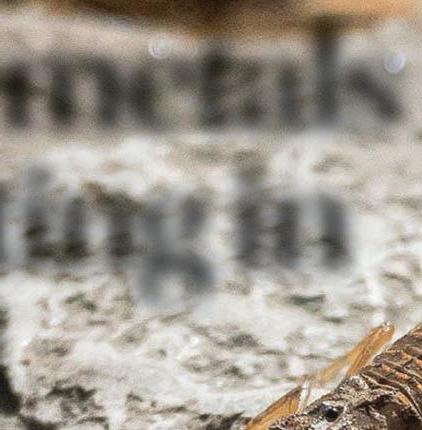
Heavy metals put a sting in the tail
Advertisement

TO latch onto a deer, ticks must rst pierce a thick, furry hide. Scorpions use their tails to inject venom into prey several times larger than themselves. How do these tiny creatures deliver such an outsized punch?
Such marvels have long intrigued University of Oregon physicist Robert Scho eld, reports National Geographic. e answer, according to his new paper published in Scienti c Reports, lies in the very atomic structure of their tools.
Scientists already knew that the mandibles, fangs, and stingers of several invertebrate species contain large amounts of heavy metals, such as zinc, copper, and manganese—up to 20% by weight in some species. But they didn’t know how the metals related to durable proteins that are also found in these invertebrates’ body parts.
By analysing the proteins and heavy metals at a molecular level, Scho eld and colleagues learned that individual metal atoms are woven into the proteins to create a strong, longlasting composite material, which they’ve dubbed heavy element biomaterials.
Animals have evolved another way to form a hardy natural material. Known as biomineralisation, this widespread process occurs when proteins in an animal’s body wrap around large mineral crystals, such as in bones or some seashells. But this has its limits: “Creating something sharp with a biomineral would be like making a knife out of bricks,” says Scho eld.
Biominerals aren’t the answer for many invertebrates, because they need sharp, sturdy body parts that can withstand continual usage. A shattered stinger, for instance, would be a death sentence for a scorpion. So they found another way, Scho eld says.
For his latest study, Scho eld and colleagues from the Paci c Northwest National Laboratory and Oregon State examined body parts of ants, spiders, scorpions, mollusks and a type of marine worm, atom by atom. ey found that heavy metals, such as zinc and manganese, were evenly distributed throughout an invertebrate’s body part, unlike the matter in bone and other biominerals. is atomic structure allows the body part to be sharper and undergo more wear and tear than if the proteins didn’t have the metals. e discovery could create new potential for human tools. For instance, engineers are always looking for better strategies to create objects that are small but don’t break easily, such as smartphones and wearable medical devices like insulin pumps.
Making tools with this same atomic arrangement of proteins and heavy metals could lead to products that are light, strong and resistant to everyday handling. yet another example of how nature knows best.
What do Putin and Bieber have in common?
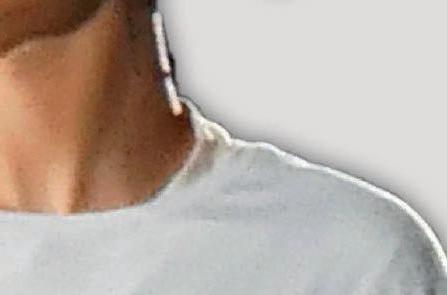

HUMANS are so good at identifying faces that we see them in places where they do not exist, such as on the moon or Mars or in combinations of circles, line segments, and dots, writes bigthink.com.
It is a particularly useful skill for a social animal. Yet, how exactly we recognise faces and process them is not exactly known.
Now, a new study pub-
lished in the journal Cognition shows that what we
think of a person in uences our perception of their facial features. In other words, we think people with similar personality traits look the same.
Knowledge of a person’s personality can warp the perception of a face’s identity and bias it toward alternate identities that are ostensibly unrelated. For example, if Vladimir Putin and Justin Bieber have more similar personalities in your mind, then they visually appear more similar to you e initial study, carried out with the help of roughly 200 volunteers, had famous faces placed next to each other above a test picture of one of them. Volunteers had to then move their cursor from the test picture to the image of the same person as quickly as possible. Subjects then rated the likelihood that
each famous person in the study had particular pertest picture to the image of rated the likelihood that sonality traits. sonality traits. e e people used in the study, all white men for the sake of consistency, were Justin of consistency, were Justin Bieber, George W. Bush, Bieber, George W. Bush, Bill Clinton, Jimmy Fallon, Bill Clinton, Jimmy Fallon, Ryan Gosling, Matthew Ryan Gosling, Matthew
McConaughey, Bill Mur-McConaughey, Bill Murray, Bill Nye, Vladimir ray, Bill Nye, Vladimir
Putin, Keanu Reeves, Putin, Keanu Reeves, John Travolta, and John Travolta, and Mark Wahlberg, Mark Wahlberg, among others. among others. e results e results showed that the showed that the volunteers were volunteers were inclined to think inclined to think that people with that people with similar traits looked similar traits looked more alike than more alike than those with di ering those with di ering traits. ree more traits. ree more studies followed studies followed to con rm the to con rm the original nd original ndings. ings. Why volun Why volunteers teers think that Justin think that Justin Bieber and Vladimir Putin Bieber and Vladimir Putin look alike remains a bit of look alike remains a bit of a mystery, perhaps they a mystery, perhaps they should have gone to should have gone to
Specsavers… Specsavers…
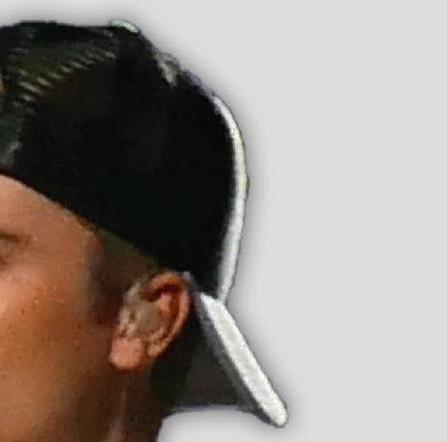
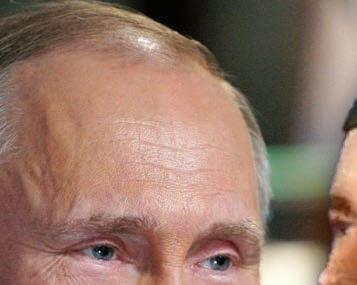
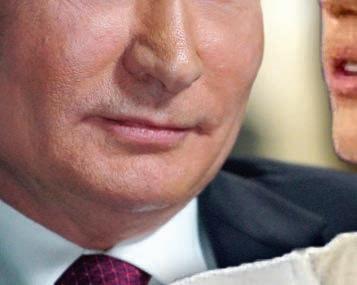

Palliative care, it’s time to talk
A SURVEY of 1,000 Irish people has highlighted some of the misconceptions that exist about end-of-life care and the need for clearer information regarding palliative care from our medical professionals. e report found that 4 out of 5 people, if living with a serious illness, would like their doctor to talk to them about palliative care if it could help them. e nding is from a new survey of the public’s perceptions of palliative care commissioned by the All Ireland Institute of Hospice and Palliative Care (AIIHPC) to highlight Palliative Care Week (12 – 18 September 2021).
Misconceptions still exist. For example, 1 in 4 people would think they only have days to live if their doctor or healthcare professional talked to them about palliative care, whereas palliative care may be appropriate for several years, not just for weeks and days at a person’s end of life.
Palliative Care also recognises the role of all our healthcare professionals who come together, even throughout a global pandemic, to provide palliative care services and support in communities all across the island of Ireland.








